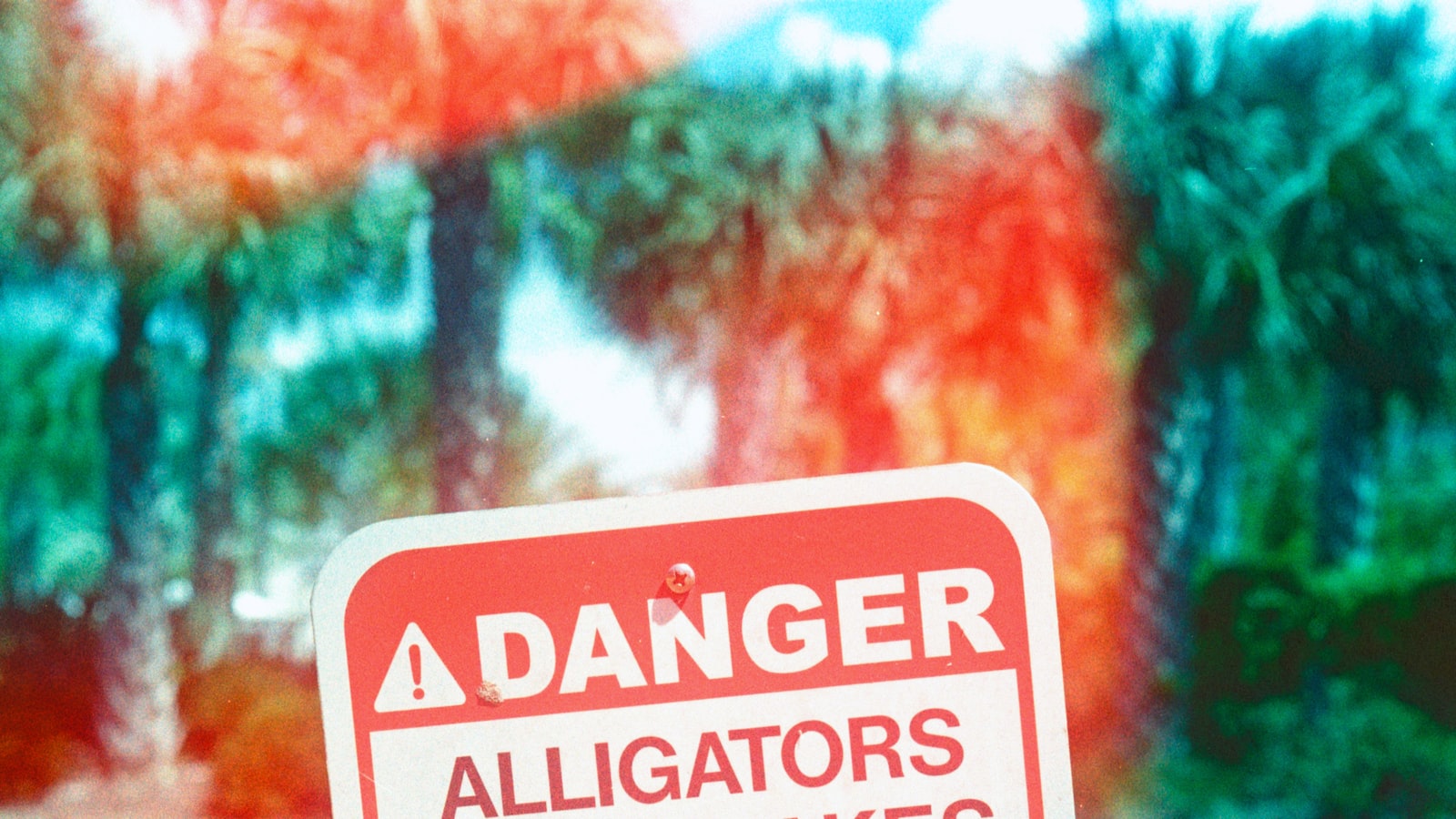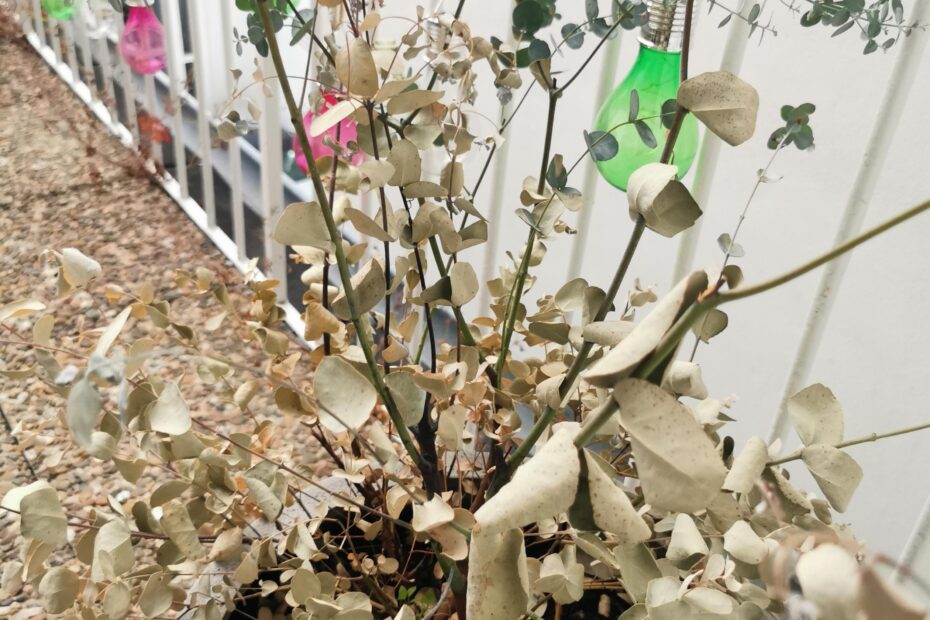The eucalyptus plant, with its enchanting aromatic leaves and resilient nature, has long been cherished as a symbol of rejuvenation and invigoration. Its presence can turn any garden into a serene sanctuary, offering a soothing haven to both humans and wildlife alike. Yet, despite its reputation for hardiness, we are faced with a perplexing mystery that has befuddled many a green thumb: why is my eucalyptus plant suddenly crispier than a croissant? Ah, fear not, fellow plant enthusiasts, for in this article, we shall embark on a quest to unravel the secrets behind this peculiar phenomenon, unravelling the essence of eucalyptus troubles and illuminating the path to leafy salvation. So, put on your detective hats and grab your magnifying glasses as we embark on a botanical crusade to decode the enigma of the crispy eucalyptus plant.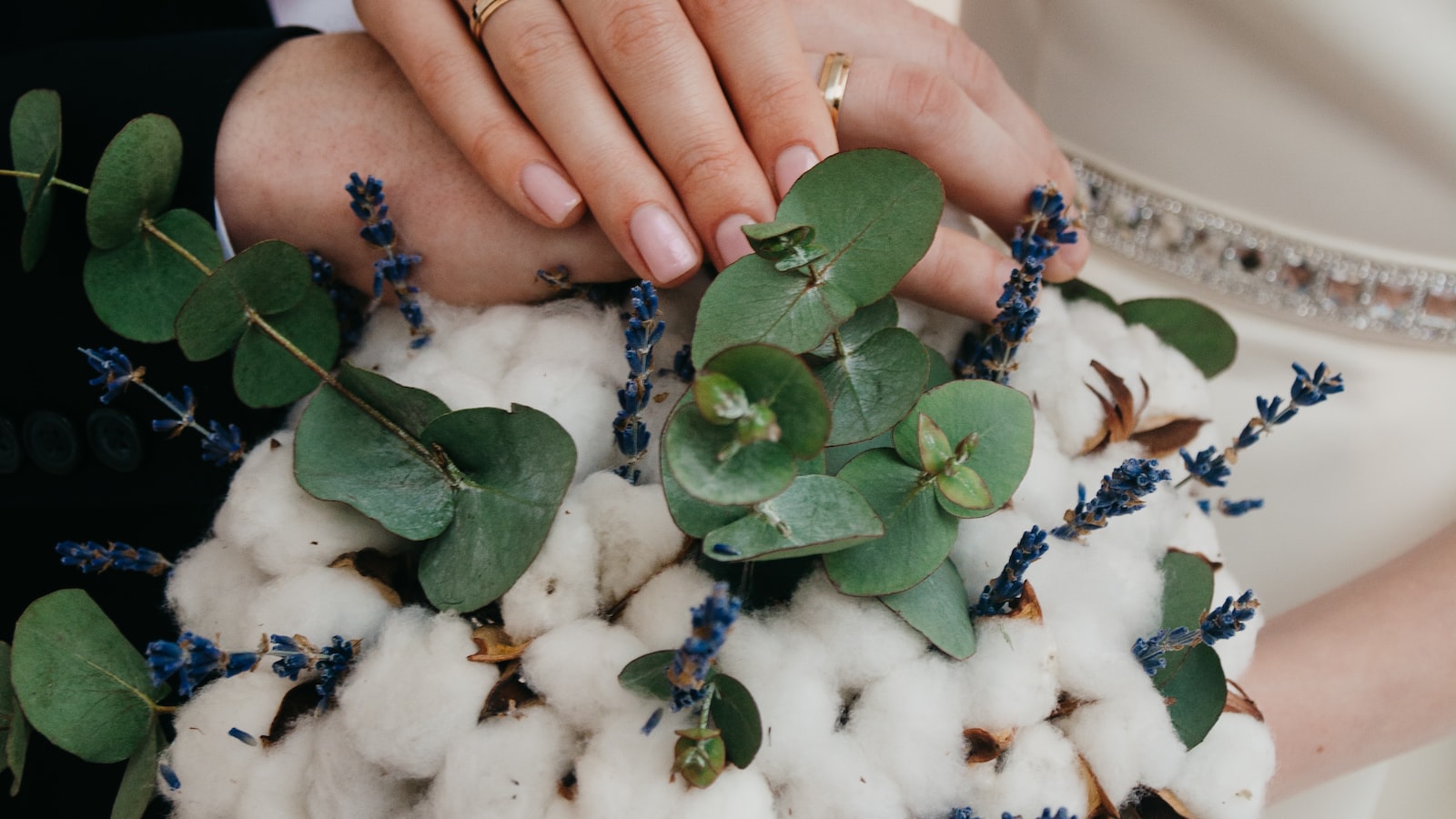
Understanding the Crispy State of Your Eucalyptus Plant: Causes and Solutions
If you’ve noticed that your eucalyptus plant has taken on a crispy state, don’t panic! There are a few common causes for this issue, and fortunately, there are also solutions that can help bring your plant back to its healthy, vibrant self. Understanding what could be causing the crisping can assist you in taking the necessary steps to revive your precious green friend.
One of the primary reasons for the crispy state of eucalyptus plants is inadequate watering. Eucalyptus plants are native to Australia and thrive in well-drained soil. If your eucalyptus is crispy, it may indicate that it is not receiving enough water. It is crucial to ensure that your eucalyptus plant is watered regularly but not excessively. Create a watering schedule and monitor the moisture levels in the soil to strike the right balance for your plant’s needs.
| Features | Tips |
|---|---|
| Proper Lighting: | Ensure your eucalyptus plant receives plenty of bright, indirect light to promote healthy growth. |
| Well-Drained Soil: | Make sure your eucalyptus is planted in a well-draining soil mix to prevent waterlogging which can lead to root rot. |
| Maintenance Pruning: | Regularly trim off any dead or crispy leaves to encourage new growth and maintain the health of your plant. |
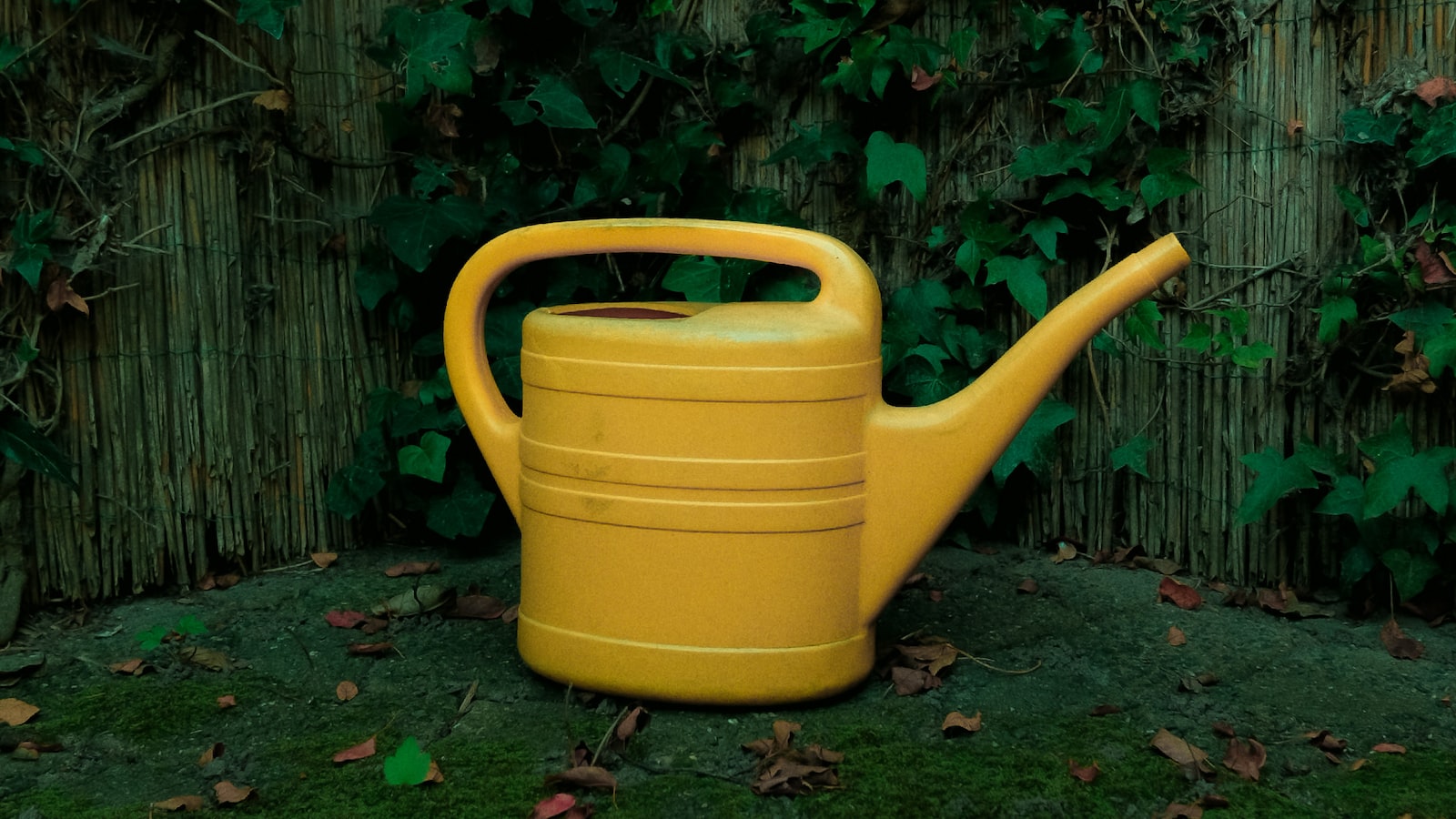
Identifying Watering Practices to Nourish Your Eucalyptus Plant
Eucalyptus plants are known for their strong, aromatic scent and beautiful silver-blue foliage. However, if your eucalyptus plant is looking crispy and dull, it may be a sign that its watering needs are not being met. Proper watering is essential for the health and vitality of your eucalyptus plant, so let’s dive into identifying watering practices to nourish your beloved green friend.
First and foremost, it’s crucial to understand that overwatering or underwatering can both contribute to the crispy appearance of your eucalyptus plant. Finding the right balance is key. To start, check the soil moisture level by gently inserting your finger into the soil up to your first knuckle. If the soil feels dry at that depth, it’s time to water your plant. However, if the soil feels moist or wet, hold off on watering. Remember, eucalyptus plants prefer well-drained soil, so ensuring proper drainage is essential to prevent root rot.
Now, let’s explore some features or tips to help you in identifying the watering practices your eucalyptus plant requires:
| Description | |
|---|---|
| 1. Soil Type | Use a well-draining soil mix, such as a blend of compost, perlite, and regular potting soil, to maintain adequate moisture levels without drowning the roots. |
| 2. Watering Frequency | Water your eucalyptus plant deeply but infrequently. Once every 7-10 days during the growing season should be sufficient, but monitor the soil moisture to adjust accordingly. |
| 3. Watering Technique | When watering, aim to saturate the soil evenly until water drains out from the bottom of the pot. This will ensure the entire root system receives hydration. |
By implementing these watering practices and keeping an eye on your eucalyptus plant’s moisture levels, you can rejuvenate its crispiness and promote healthy growth. Remember, each plant is unique, so it’s important to observe and adjust watering habits based on your specific eucalyptus plant’s needs. Happy watering and enjoy the beauty of your eucalyptus plant flourishing with vibrant green leaves!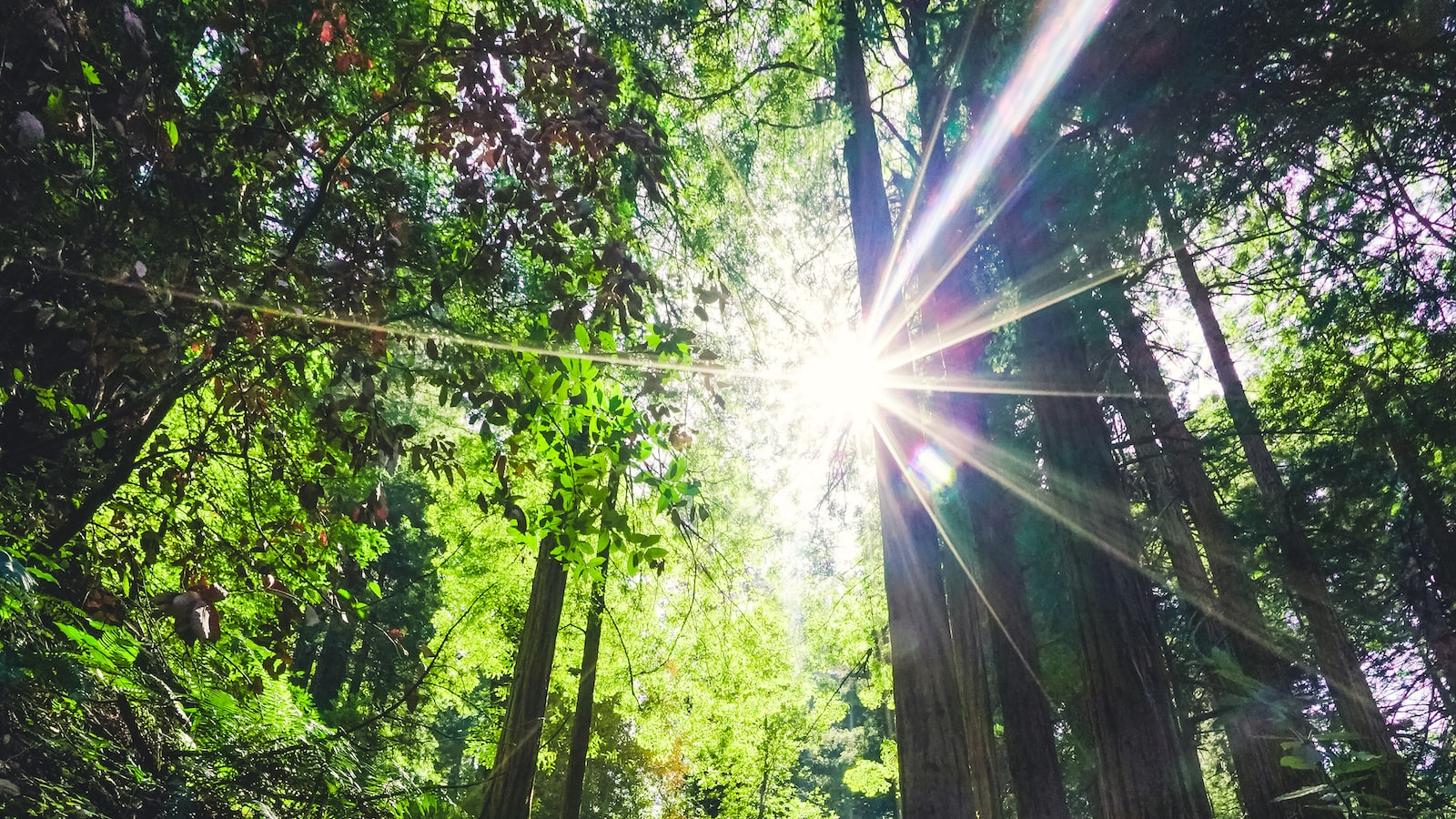
Sunlight and Temperature Levels: Maintaining an Optimal Growing Environment for Your Eucalyptus Plant
Eucalyptus plants are known for their incredible hardiness and resilience, but sometimes even the toughest plants can become a bit crispy. If you’re experiencing this unfortunate phenomenon with your eucalyptus plant, it could be attributed to a combination of factors, with sunlight and temperature levels playing a significant role.
Sunlight is crucial for the growth and health of any plant, including eucalyptus. However, excessive exposure to direct sunlight can cause the leaves of your eucalyptus plant to turn crispy and dry. On the other hand, insufficient sunlight may result in weak and leggy growth. Finding the right balance is key. Ensure that your eucalyptus is receiving adequate sunlight by placing it in a location that receives bright, indirect light for at least 6-8 hours a day. If you notice the leaves becoming crispy, consider providing shade during the hottest part of the day or gradually acclimating the plant to more sunlight to avoid shock.
Temperature
levels are another crucial factor in maintaining an optimal growing environment for your eucalyptus plant. These plants thrive in warm temperatures, ideally between 70-85°F (21-29°C). Extreme heat or cold can cause stress to the plant, leading to crispy leaves. In colder regions, it is advisable to bring your eucalyptus indoors during winter or provide some form of protection, such as insulating the pot or covering the plant with a cloth. Additionally, avoid placing your eucalyptus in drafty areas as it can also contribute to leaf damage. Maintaining a consistent temperature and protecting your plant from harsh weather conditions will help prevent the dreaded crispy leaves.To ensure the health and vitality of your eucalyptus plant, consider incorporating the following tips and features into your care routine:
| 1. Soil | 2. Watering | 3. Humidity |
| Use well-draining soil, as eucalyptus plants prefer to avoid waterlogged conditions. | Water your eucalyptus plant deeply and allow the top inch of soil to dry before the next watering. | Eucalyptus plants appreciate higher humidity levels, so misting the leaves or using a humidifier can be beneficial. |
| 4. Fertilization | 5. Pruning | 6. Pest Control |
| Fertilize your eucalyptus plant with a balanced, slow-release fertilizer during the growing season. | Prune your eucalyptus regularly to encourage bushier growth and remove any dead or crispy leaves. | Monitor your plant for common pests such as aphids or spider mites, and take appropriate measures to control them. |
Remember, each plant is unique, so paying attention to your eucalyptus plant’s individual needs and making adjustments accordingly is crucial. By providing the optimal balance of sunlight, temperature, and incorporating the mentioned tips and features, you can help your eucalyptus thrive and avoid the dreaded crispy leaves.